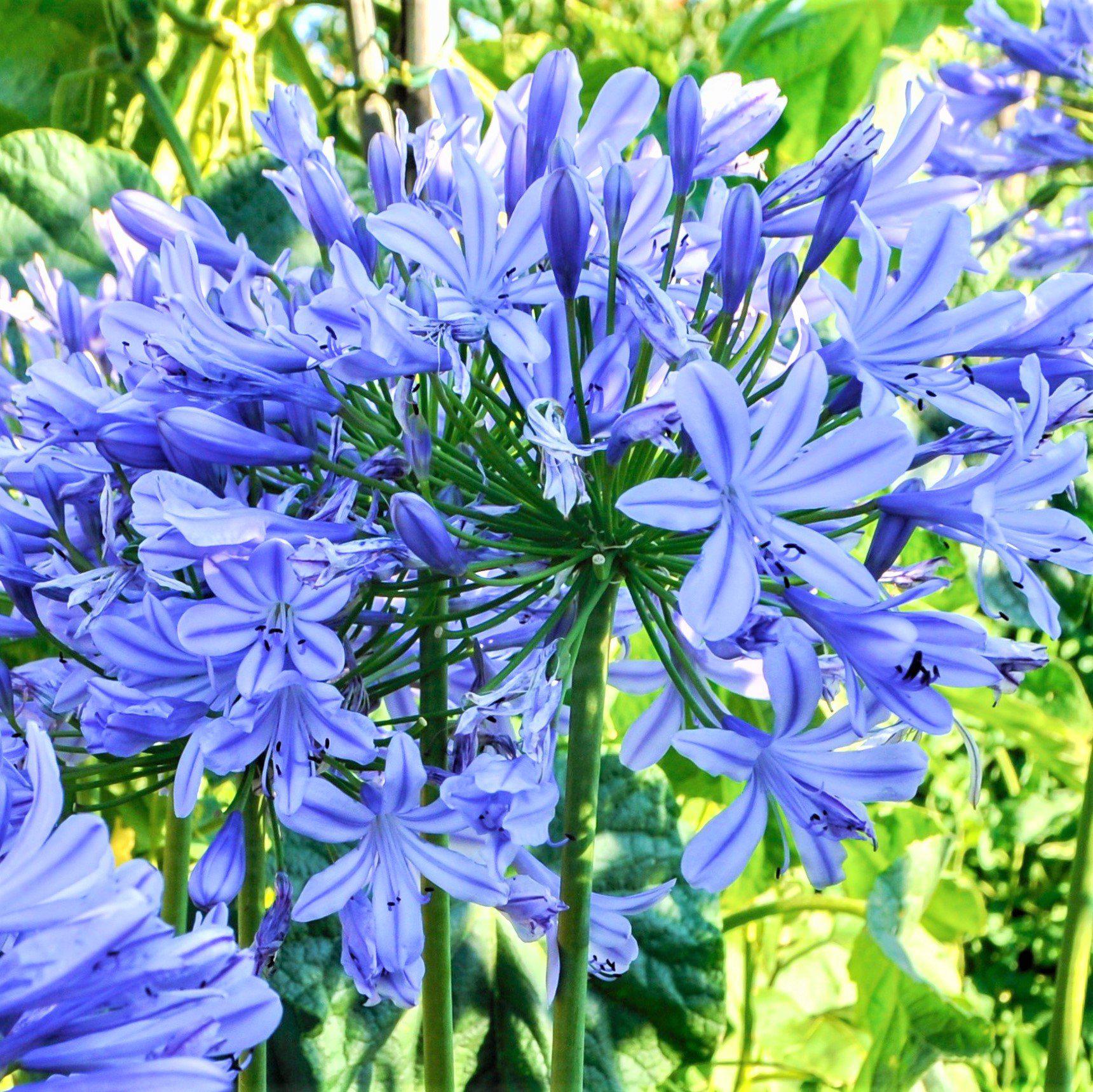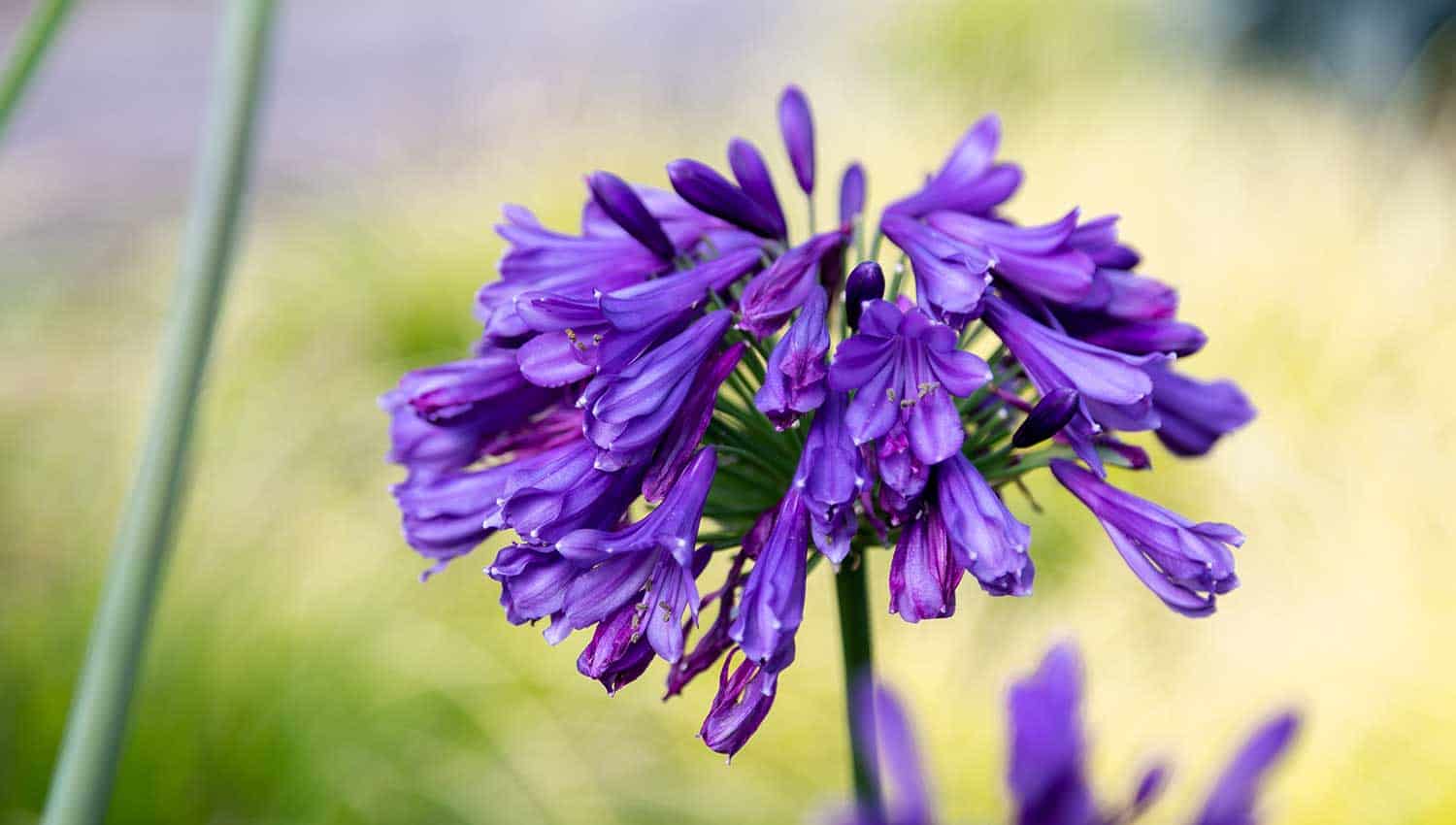Mastering the Art of Agapanthus Treatment: Important Actions for Healthy Development and Vibrant Blossoms
In the world of horticulture, the cultivation of agapanthus stands as a fulfilling undertaking for those that seek to nurture these classy blooming plants. From selecting the best variety to mastering trimming methods, the trip in the direction of cultivating growing agapanthus plants is multifaceted and holds the key to unlocking the full possibility of these botanical gems.

Choosing the Right Agapanthus Range

When picking the appropriate Agapanthus variety for your yard, think about variables such as environment viability, bloom color, and development practice. In addition, take into consideration the environment in your area to ensure the Agapanthus variety you pick can prosper in your details problems. Recognizing the growth behavior of different Agapanthus ranges is essential for proper positioning within your yard.
Ideal Planting Conditions
Considering the optimal environmental demands is necessary for successful Agapanthus growing. Agapanthus plants are delicate to chilly temperature levels and must be secured from frost throughout wintertime months.
To guarantee healthy development and lively blossoms, plant Agapanthus bulbs at a deepness of regarding 2-4 inches and room them 8-12 inches apart. Adding organic matter, such as garden compost, to the dirt can enhance drainage and fertility, advertising durable root development. Mulching around the base of the plants aids keep wetness and subdues weed development. Normal watering is crucial, especially during the expanding season, to maintain the soil regularly damp however not waterlogged.
Watering and Feeding Tips
Maintaining proper wetness degrees and providing necessary nutrients are crucial elements in the treatment routine for Agapanthus plants. It is essential to strike an equilibrium when it comes to sprinkling Agapanthus. These plants prefer constantly wet dirt but are at risk to root rot if overwatered. Throughout the expanding season, water deeply when a week, making certain the soil is well-draining to avoid waterlogging. In hotter climates or throughout durations of drought, more frequent watering may be necessary to maintain the dirt uniformly wet. Nonetheless, minimize watering in the winter to avoid water logged problems.
Fertilizing Agapanthus is necessary for promoting healthy development and prolific flowers. Use a balanced fertilizer, such as a 10-10-10 formula, in the very early springtime as brand-new growth emerges. By complying with these watering and fertilizing tips, you can ensure your Agapanthus plants prosper and create vivid, durable blooms.
Pruning Techniques for Agapanthus
Pruning Agapanthus plants at the ideal times and with appropriate strategies is critical for maintaining their health and advertising ideal development and blooming. The excellent time to prune Agapanthus is in late winter months or very early springtime prior to new growth arises.
Deadheading invested blossoms can additionally redirect the plant's energy right into producing more flowers instead than setting seeds. If you desire to gather seeds for breeding, leave some blossoms to dry and mature on the plant.
Remember to use tidy, sharp devices to make precise cuts and minimize the threat of presenting diseases. Agapanthus. Routine trimming will help click over here keep your Agapanthus looking healthy and balanced and neat while making sure an abundant display of gorgeous blooms
Managing Usual Insects and Conditions
After making certain appropriate trimming techniques for Agapanthus, it is important to deal with usual bugs and diseases that can influence the health and vitality of these plants. One typical parasite that affects Agapanthus is the Agapanthus gall midge.
An additional common concern is fungal fallen leave spot, which presents as dark lesions on the fallen leaves. To avoid fungal diseases, guarantee great air circulation around the plants, prevent overhanging watering, and remove any infected leaves quickly. Additionally, Agapanthus plants can struggle with root rot if they are grown in badly draining dirt. To prevent this, plant Agapanthus in well-draining soil and stay clear of overwatering. By being watchful and taking punctual activity against parasites and diseases, you can aid your Agapanthus plants thrive and generate dynamic flowers.

Conclusion
In verdict, mastering the art of agapanthus care entails picking the ideal variety, supplying ideal planting problems, correct watering and feeding, suitable pruning strategies, and attending to common parasites and conditions. By following these necessary steps, you can make sure healthy and balanced development and dynamic flowers for your agapanthus plants. Bear in mind to routinely keep navigate here track of and keep your plants to promote their overall health and longevity.
To guarantee healthy growth and vivid blooms, plant Agapanthus light bulbs at a depth of regarding 2-4 inches and area them 8-12 inches apart. By adhering to these watering and fertilizing ideas, you can guarantee your Agapanthus plants flourish and generate lively, resilient blossoms.
One typical parasite view it that impacts Agapanthus is the Agapanthus gall midget. Furthermore, Agapanthus plants can endure from root rot if they are planted in improperly draining soil. By complying with these important actions, you can ensure healthy and balanced development and dynamic blooms for your agapanthus plants.